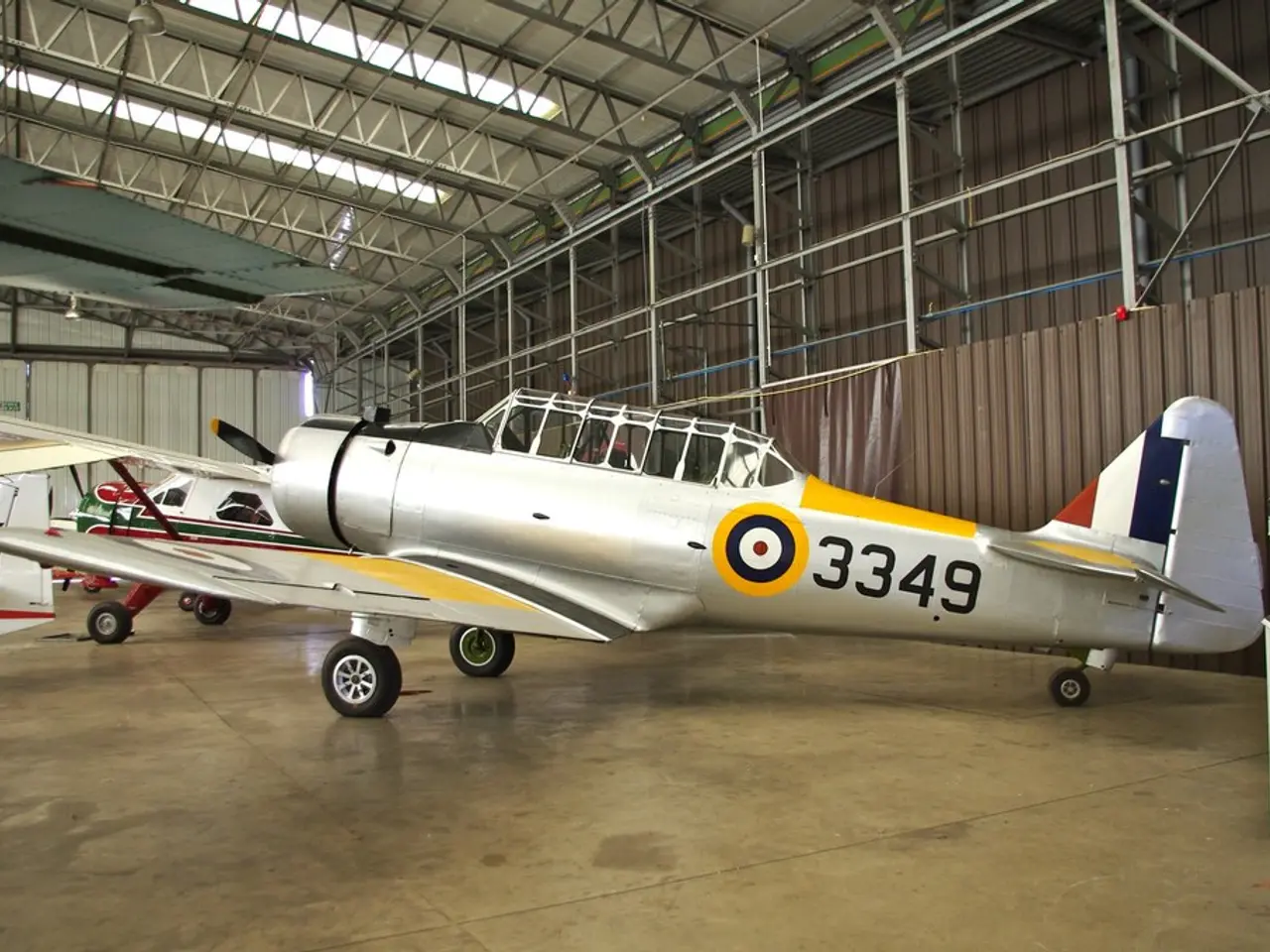Domestic micro-square-based aircraft sensors developed in Orel
In a groundbreaking development, specialists at OGU's engineering center have created non-contact sensors that react to the approach of metals. These sensors, based on a specialized domestic microchip, present an exciting opportunity for the aerospace industry, particularly in the realm of aircraft landing gear.
Unique Features of Non-Contact Sensors
These innovative sensors stand out due to their non-contact nature. Unlike traditional sensors, they do not physically touch the surface being monitored, reducing wear and tear and potentially increasing reliability. They can provide continuous, real-time data on the condition or position of aircraft components, using various technologies such as optical, ultrasonic, radar, and capacitive principles.
Advantages of Non-Contact Sensors in Aerospace
The advantages of these non-contact sensors in the aerospace industry are manifold. Their durability and reliability can extend sensor lifespans and improve reliability in critical systems like aircraft landing gear. Continuous monitoring can help detect potential issues before they become critical safety concerns, thereby enhancing overall safety.
Real-time data can aid in predictive maintenance, reducing down-time and enhancing aircraft availability. The flexibility and adaptability of these sensors make them suitable for a wide range of applications and environments.
Prospects for Non-Contact Sensors in Aircraft Landing Gear
The prospects for these sensors in aircraft landing gear are particularly promising. By monitoring loads, stresses, and wear on landing gear, non-contact sensors can help prevent accidents and optimize maintenance. They can be integrated into intelligent systems that analyze data for predictive maintenance and automated decision-making.
Long-term, non-contact sensors could reduce costs associated with frequent inspections and repairs. Ongoing advancements in sensor technology could lead to even more sophisticated applications in aerospace.
The development of these sensors is significant for the aerospace industry due to their potential for increased safety and efficiency in aircraft landing gear. The implementation of the project could provide a basis for entering the international market with competitive products.
While specific details about OGU and their technology are limited, it is clear that these non-contact sensors represent a significant step forward in aerospace technology. Their improved reliability and accuracy could lead to their adoption in various other industries beyond aerospace, creating a fully domestic component base and fostering innovation in domestic microchip technology.
The non-contact sensors, being based on a specialized domestic microchip, showcase the science and technology behind them. These sensors, with their potential for increased safety and efficiency in aircraft landing gear, offer an exciting opportunity for the fusion of science and technology in the aerospace industry.




